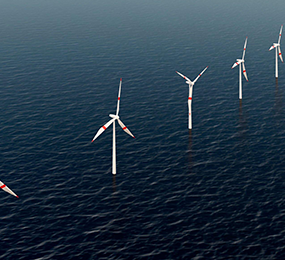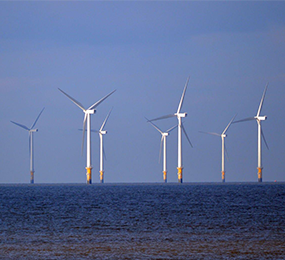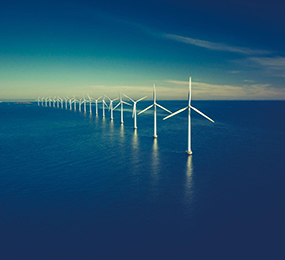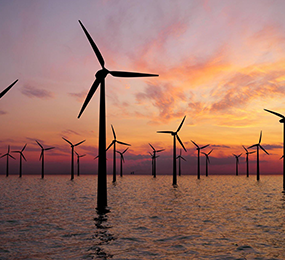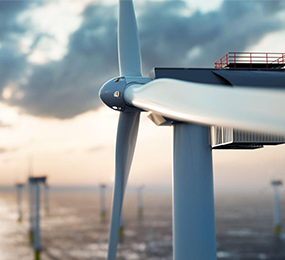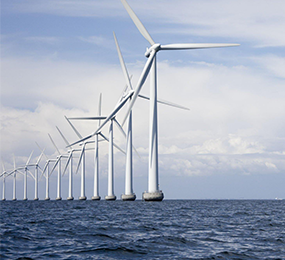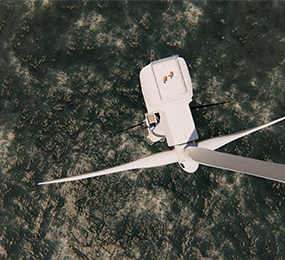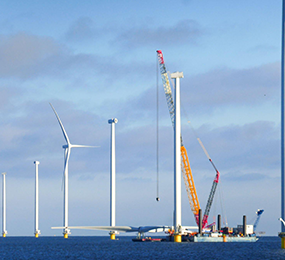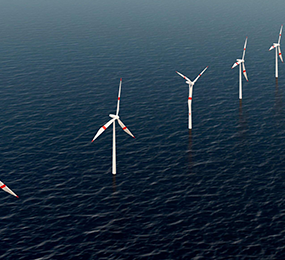Carbon Footprint Reduction: The Impact of Floating Wind Power
The quest for sustainable energy solutions has led to innovations in the renewable energy sector, with floating wind power emerging as a promising contributor to carbon footprint reduction. Unlike traditional wind turbines fixed to the seabed, floating turbines can harness wind energy in deeper waters, unlocking vast, untapped resources. This innovation minimizes the environmental impact of wind power projects, as they can be situated farther from the shore, reducing visual and ecosystem disruptions.
The key to understanding the impact on carbon footprint lies in the life cycle of floating wind power. From manufacturing and installation to operation and decommissioning, these systems demonstrate a net reduction in greenhouse gas emissions compared to conventional energy sources. The versatility of floating wind farms facilitates deployment in regions with high wind speeds, promoting energy production efficiency and grid stability.
As we transition towards a low-carbon future, the scalability and potential for carbon neutrality make floating wind power a transformative force. By mitigating the reliance on fossil fuels and reducing the carbon footprint associated with energy generation, these floating turbines exemplify a sustainable pathway in the global pursuit of cleaner, greener energy.
Visit our website to know more: https://www.leadventgrp.com/events/4th-annual-floating-wind-europe/details
For more information and group participation, contact us: [email protected]
Leadvent Group - Industry Leading Events for Business Leaders!
www.leadventgrp.com| [email protected]


